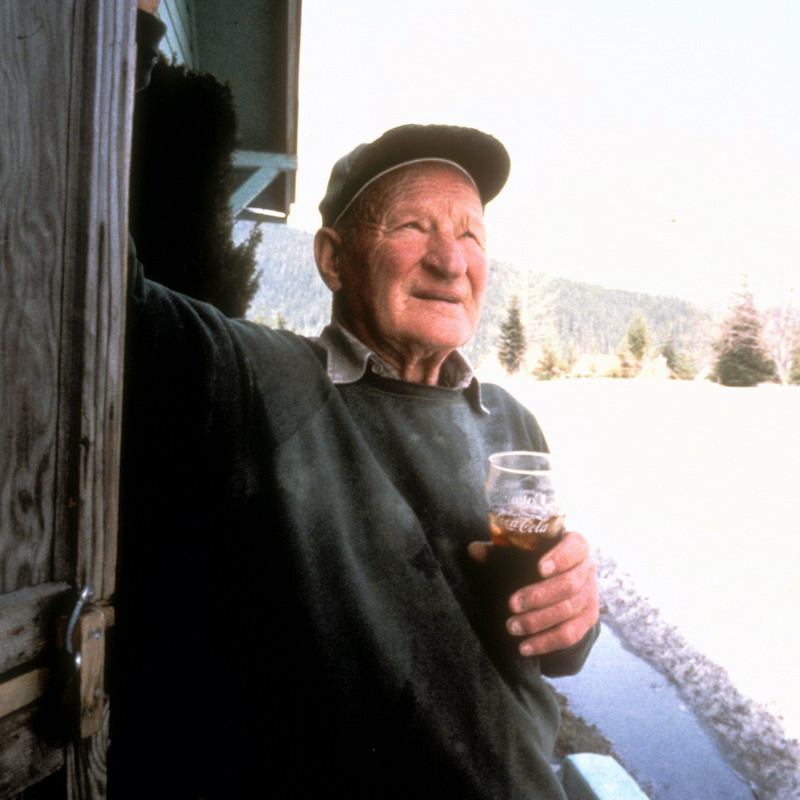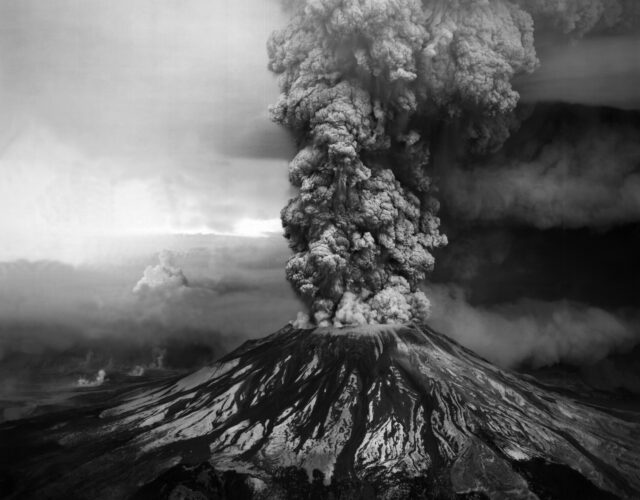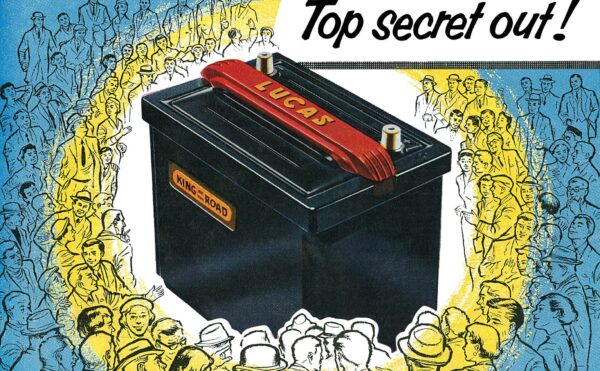The Mount St. Helens eruption of 1980 was the greatest geology lesson in American history. But if you dig a little deeper, you’ll also find a macabre chemistry lesson about the fragility of the human body.
The lesson involves Harry Truman. Not the president, but Harry R. Truman, a campground owner who lived a few miles from the volcanic summit. Despite dire signs, including smoke plumes and earthquakes, he refused to evacuate his cabin during the spring of 1980. Moreover, his colorful personality—he ate scrambled cow brains for breakfast and was a former Prohibition bootlegger who distilled his own whiskey in stills labeled “panther pee”—made him a media sensation. As a result Truman became a folk hero that spring: the little man who stood up to the big, bad mountain.
In the end the mountain won, of course. Mount St. Helens finally blew on May 18 at 8:32 a.m., a boom heard 200 miles away. Even 45 miles distant, streams got so hot (90°F) that salmon started leaping onto the banks. Near Truman’s campground a black plume of hot ash 100 stories tall went charging down the mountain at 350 miles per hour. The intense heat twisted the 250-foot fir trees there like scraps of plastic in a campfire. The river valley that bore the brunt of the blast was buried under dozens of yards of sulfur-smelling ash and debris.
Harry Truman died in that onslaught, but the likely means of his death—and the fate of his body—might surprise you. For one thing, by studying the victims of similar eruptions, we can infer that he probably didn’t suffer. Many bodies recovered from the Mount Vesuvius eruption of 79 CE show no sign of fear or struggle. Heat shock—cell collapse and death caused by protein malfunction—probably killed them in less than a second, too fast for their reflexes to register pain.

Harry R. Truman.
As for Truman’s remains there are a few possible outcomes. Several Vesuvius victims were buried in ash, which hardened around them and left a human-shaped cavity in the ground as their bodies decayed. So that’s one potential end. But Truman’s campground lay so close to Mount St. Helens there’s an even wilder possibility: that he vaporized almost instantly.
Vaporizing an entire body would require three steps: vaporizing water, vaporizing viscera, and vaporizing bones. The water content of human beings changes as we age, dropping from 75% in squishy newborns to around 60% in (somewhat literally) crusty old folk. Given Truman’s weight and age (mid-80s), he probably carried 100 pounds of water, and it would have taken around 27,000 (food) calories to raise that water to boiling temperature and then boil it off.
But what about the solid portions of his body? Vaporizing organs might sound outlandish, but it is possible: a few victims near Vesuvius had the tops of their heads blown off as their brains boiled inside their skulls. Researchers have tested this possibility. Because our bodies contain dozens of types of organs and tissues, some studies have used dried pork (which is similar to human flesh) as a quick-and-dirty proxy rather than tabulate the heat-absorption properties of each component. A human adult body, after subtracting the water, contains around 25 pounds of organs, gristle, and fat. Given that dried pork has about 230 calories per hundred grams, it takes around 27,000 more calories to break all that down.
Vaporizing Truman’s 25-pound skeleton would involve breaking down the main mineral in bone—calcium hydroxyapatite, or Ca10(PO4)6(OH)2—and would require an additional 21,000 or so calories. This brings us to a grand total of 75,000 calories—a good month’s worth of food intake, all delivered in one blow. Few things other than an atom bomb can vaporize a human body between heartbeats, but volcanoes belong to this club: overall, the Mount St. Helens blast released the equivalent of (depending on the estimate) several thousand Hiroshima bombs over its nine-hour eruption.
So the last seconds of Harry Truman’s existence would have looked like this: After he died of heat shock, his clothing would have gone up like flash paper—his jeans and sweater and sandals all incinerating. There would have been a hiss as the water inside him boiled and his body blackened into carbon. Then everything would have more or less sublimed, jumping from solid to spirit.
And where did those Truman molecules end up? Some no doubt got trapped in the ash plume and dragged down to earth. But some are almost certainly still floating around today. You might even be inhaling one with your next breath. In refusing to come down from the mountain, Harry Truman ended up on a higher plane than he ever could have imagined.




